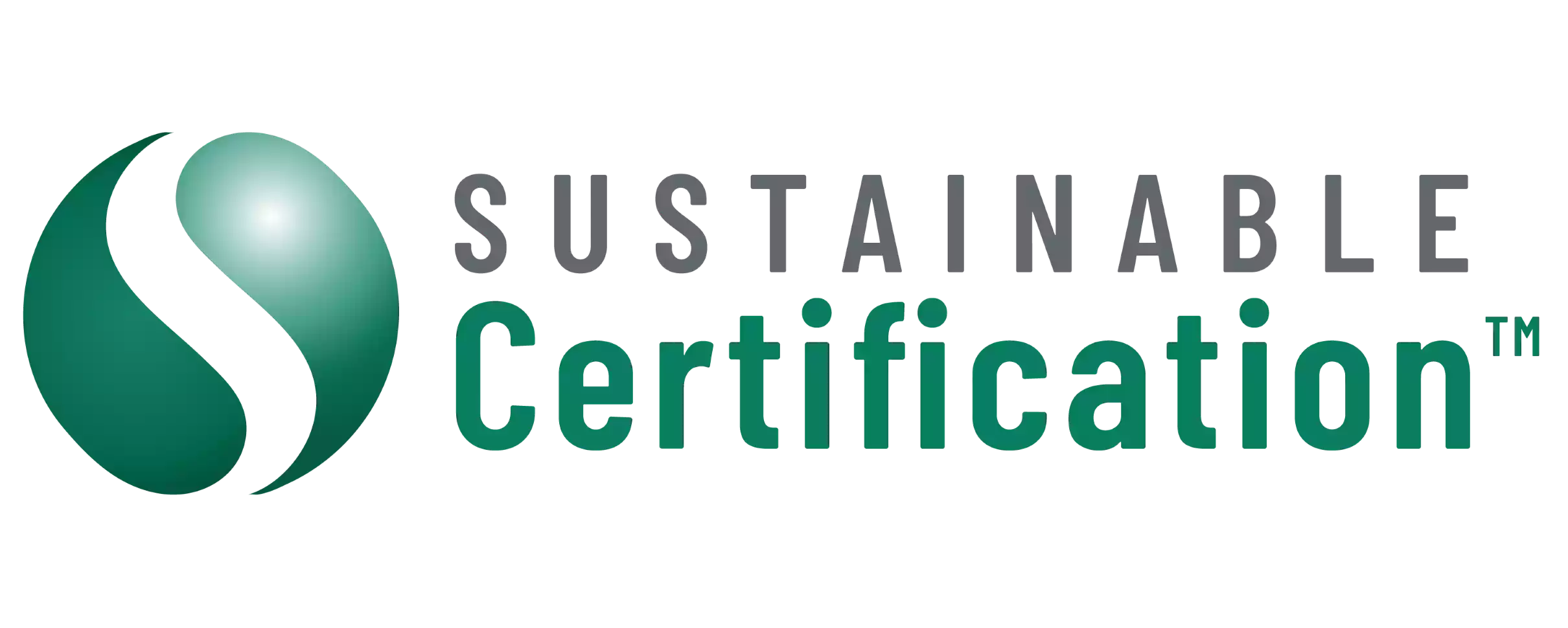SOC 2 Security Controls for Effective Security Compliance
SOC 2 Security Controls for Strengthened Compliance in 2025
As organisations face heightened regulatory expectations and increasing cyber threats in 2025, implementing effective SOC 2 security controls is more critical than ever.
These controls form the backbone of a strong compliance strategy, ensuring systems are resilient and data integrity is maintained.
With more industries relying on digital platforms and remote operations, prioritising SOC 2 security compliance is essential for long-term trust and operational stability.
Understanding SOC 2 Security Controls
To establish a robust compliance framework, organisations must first understand what SOC 2 security controls entail. These controls are aligned with the SOC 2 Trust Service Criteria, a framework developed by the American Institute of Certified Public Accountants (AICPA) to protect customer data and ensure operational reliability.
Key areas of SOC 2 Trust Service Criteria include:
- Security: Security involves implementing strict access management processes, encryption protocols, and multi-factor authentication to protect sensitive systems.
- Availability: Availability requires proactive system monitoring and comprehensive capacity planning to minimise downtime and disruption.
- Processing integrity: Processing integrity ensures that data is accurate, complete, and processed in a timely manner to meet operational needs.
- Confidentiality: Confidentiality is maintained through strict policies for secure storage and limited access to sensitive information.
- Privacy: Privacy involves creating and enforcing transparent policies for handling and protecting personal information.
These principles form the foundation of SOC 2 security compliance, enabling organisations to meet industry standards while safeguarding client trust.
Key Categories of SOC 2 Security Controls
In 2025, the framework for SOC 2 security controls remains structured across four key categories. Organisations must address each category to create a secure, compliant environment.
Core categories include:
- Administrative controls: Administrative controls ensure that governance frameworks, documented policies, and employee training programs reinforce a culture of security across the organisation.
- Technical controls: Technical controls encompass the use of advanced encryption technologies, real-time intrusion detection systems, and regular patch management to prevent vulnerabilities.
- Physical controls: Physical controls include restricting access to data centres, implementing environmental protections, and maintaining surveillance measures to safeguard physical assets.
- Monitoring controls: Monitoring controls involve conducting ongoing vulnerability assessments, performing regular penetration tests, and maintaining detailed audit trails to measure compliance performance.
When applied consistently, these categories support a comprehensive and sustainable approach to SOC 2 security compliance.
Implementing SOC 2 Security Controls Effectively
A strategic approach to implementing SOC 2 security controls ensures compliance processes are efficient and effective. Planning and disciplined execution are key to avoiding common pitfalls.
Actionable steps include:
- Conduct a readiness assessment to identify gaps in existing systems and processes.
- Map controls to business processes to ensure security measures align with operational goals.
- Engage stakeholders to build a culture of accountability and security across the organisation.
- Document evidence thoroughly to support compliance audits and demonstrate due diligence.
By following these steps, organisations can build a strong foundation for achieving SOC 2 security compliance and reducing operational risk.
Maintaining SOC 2 Security Compliance
Compliance does not end after implementation. Maintaining SOC 2 security controls is a continuous effort that requires regular monitoring and updates.
Best practices for continuous compliance:
- Continuous monitoring: Organisations should perform continuous monitoring of networks, applications, and endpoints to identify and address vulnerabilities early.
- Regular risk assessments: Regular risk assessments should be carried out to anticipate emerging threats and adjust controls proactively.
- Ongoing training: Training programs should be updated frequently to ensure employees are aware of new policies and changes in the compliance landscape.
- Independent reviews: Independent reviews should be scheduled periodically to validate the effectiveness of security controls and highlight areas for improvement. Engaging a professional partner experienced in conducting a SOC 2 audit ensures that assessments are thorough and aligned with the latest compliance standards.
Maintaining SOC 2 security compliance requires consistent effort and a proactive approach to change management.
Common Challenges and How to Overcome Them
Many organisations encounter challenges when implementing or maintaining SOC 2 security controls. Addressing these obstacles early allows for smoother compliance processes.
Typical challenges include:
- Limited resources: Limited resources require organisations to optimise existing tools and processes before investing in new solutions. Reviewing SOC 2 pricing can help organisations plan budgets effectively and allocate resources appropriately.
- Complex integrations: Complex integrations can be managed effectively by using automated compliance platforms to streamline workflows and reduce manual errors.
- Audit readiness: Audit readiness is achieved by maintaining well-organised documentation and evidence logs to support a faster and more accurate audit process.
- Evolving regulations: Evolving regulations necessitate that organisations stay informed about industry updates and adapt their controls accordingly.
Recognising these obstacles early allows organisations to maintain operational consistency while achieving stronger SOC 2 security compliance.
Future Trends in SOC 2 Security Controls
As 2025 unfolds, emerging trends are shaping how organisations approach SOC 2 security controls. Staying informed on these developments will help maintain compliance and operational resilience.
Trends influencing SOC 2 compliance include:
- AI-driven analytics: AI-driven analytics are increasingly being used to enhance monitoring capabilities and detect anomalies more efficiently.
- Zero-trust security models: Zero-trust security models are gaining traction by requiring continuous verification of users and devices within networks.
- Automated compliance management: Automated compliance management tools are streamlining evidence collection and simplifying the audit preparation process.
- Increased privacy focus: An increased focus on privacy is driving organisations to implement more rigorous data governance practices to meet global privacy standards.
Integrating these trends into current frameworks ensures that organisations maintain competitive, future-ready SOC 2 security compliance strategies.
Strategic Takeaways for Organisations
Robust SOC 2 security controls are essential for maintaining trust, meeting client expectations, and safeguarding operations in 2025. By implementing structured controls, continuously monitoring systems, and aligning with industry trends, organisations can achieve and sustain effective SOC 2 security compliance.
For organisations seeking to strengthen their compliance strategy and ensure readiness for audits, explore our SOC 2 certification services to guide your next steps.
